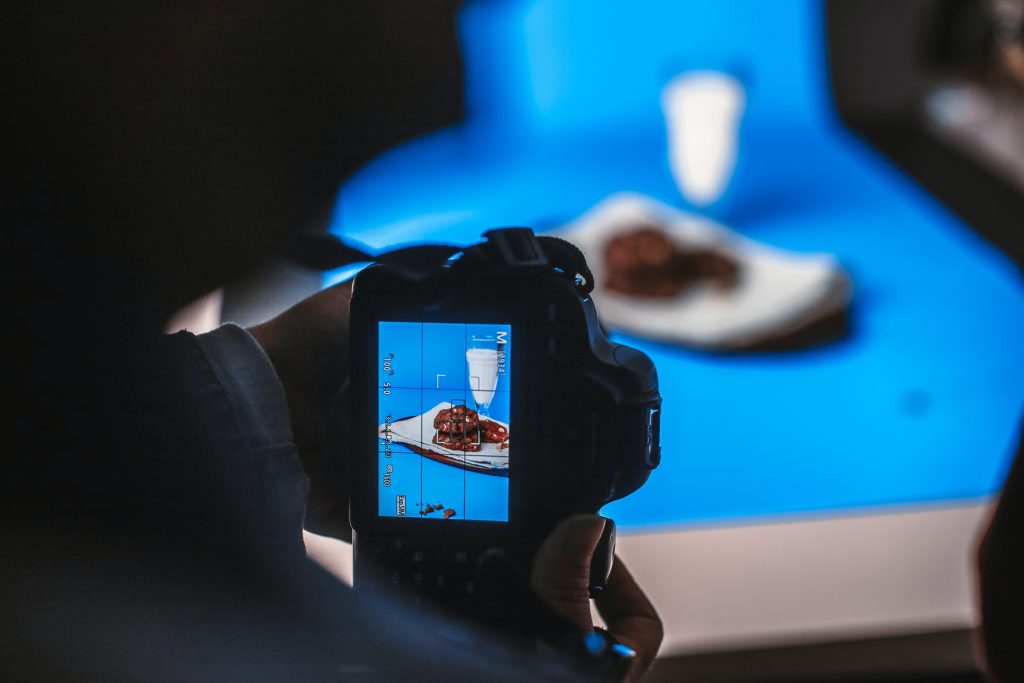Food photography has become a popular genre in the photography industry in recent years. It is all about capturing the essence and beauty of food, whether it is a simple homemade dish or a gourmet cuisine. However, capturing the perfect shot of food can be a challenging task without the right camera. In this article, we will discuss the best cameras for food photography in 2023.
Table of Contents
Introduction
The best cameras for food photography are those that can capture the texture, color, and details of the food accurately. The right camera can also help you create a mood and tell a story through your photos. With so many options available in the market, choosing the right camera can be overwhelming. That is why we have compiled a list of the best cameras for food photography in 2023.
Factors to Consider When Choosing a Camera for Food Photography
Before we dive into the best cameras for food photography in 2023, let us discuss the factors that you should consider when choosing a camera for this genre.
Image Quality
Image quality is one of the most critical factors to consider when choosing a camera for food photography. A camera with high resolution and good dynamic range can capture the details and color of the food accurately.
Lens
The lens is as important as the camera when it comes to food photography. A lens with a wide aperture can create a shallow depth of field and isolate the subject from the background. A macro lens can capture the texture and details of the food up close.
ISO Performance
Food photography often requires shooting in low light conditions, such as in a restaurant or a dimly lit kitchen. A camera with good ISO performance can capture sharp and noise-free images in low light conditions.
Ergonomics
The ergonomics of the camera are also important, especially if you are shooting for long hours. A camera that is comfortable to hold and use can help you concentrate on the composition and framing of the shot.
Top 5 Best Cameras for Food Photography in 2023
Here are our top picks for the best cameras for food photography in 2023.
Canon EOS R5
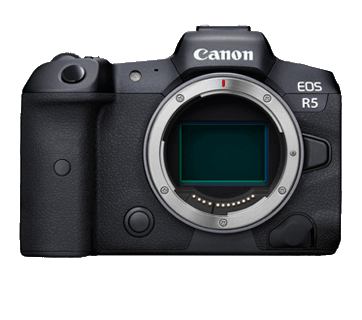
The Canon EOS R5 is a full-frame mirrorless camera with a 45-megapixel sensor and excellent image quality. It has a fast autofocus system and good ISO performance, making it suitable for low light conditions. The camera also has a flip-out screen and a comfortable grip, making it easy to use.
Sony Alpha a7R IV
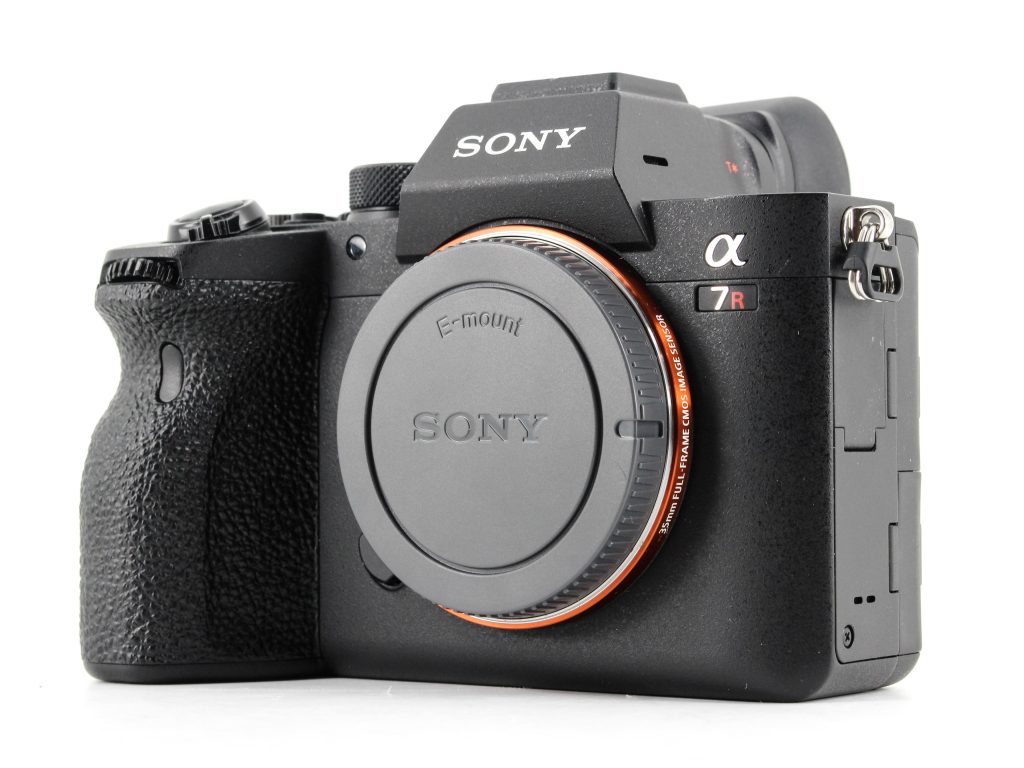
The Sony Alpha a7R IV is another full-frame mirrorless camera with a 61-megapixel sensor and excellent image quality. It has a fast autofocus system and good ISO performance, making it suitable for low light conditions. The camera also has a tilting screen and a compact size, making it easy to carry around.
Nikon Z7 II
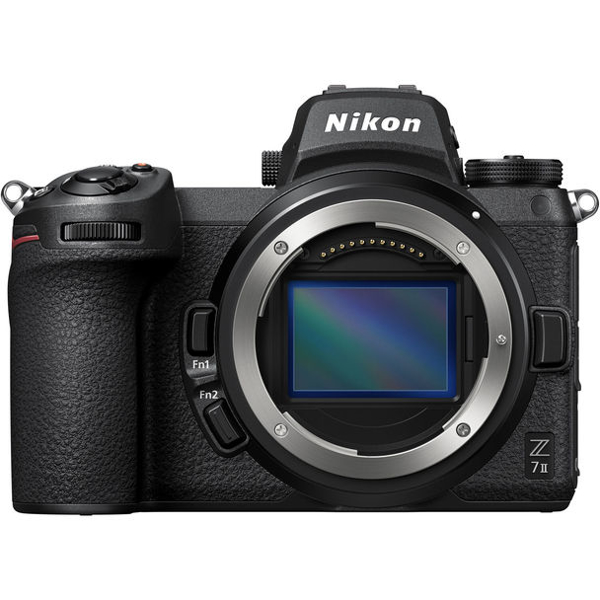
The Nikon Z7 II is a full-frame mirrorless camera with a 45-megapixel sensor and excellent image quality. It has a fast autofocus system and good ISO performance, making it suitable for low light conditions. The camera also has a comfortable grip and a weather-sealed body, making it suitable for outdoor shoots.
Fujifilm X-T4
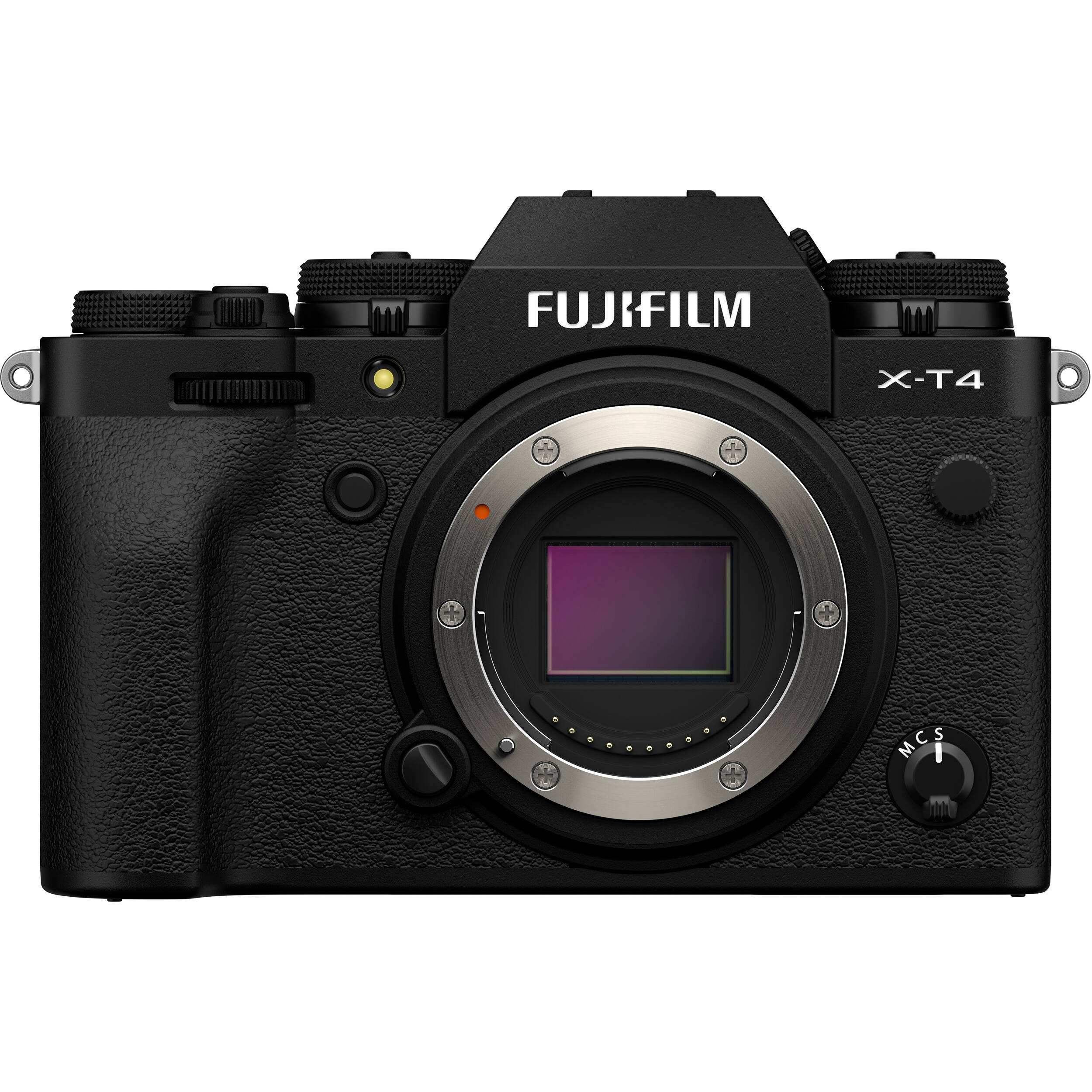
The Fujifilm X-T4 is an APS-C mirrorless camera with a 26-megapixel sensor and excellent image quality. It has a fast autofocus system and advanced image stabilization, which is helpful for handheld shooting in low light conditions. The camera also has a retro-style design and a fully articulating touchscreen, which is useful for composing shots from different angles.
Olympus OM-D E-M1 Mark III
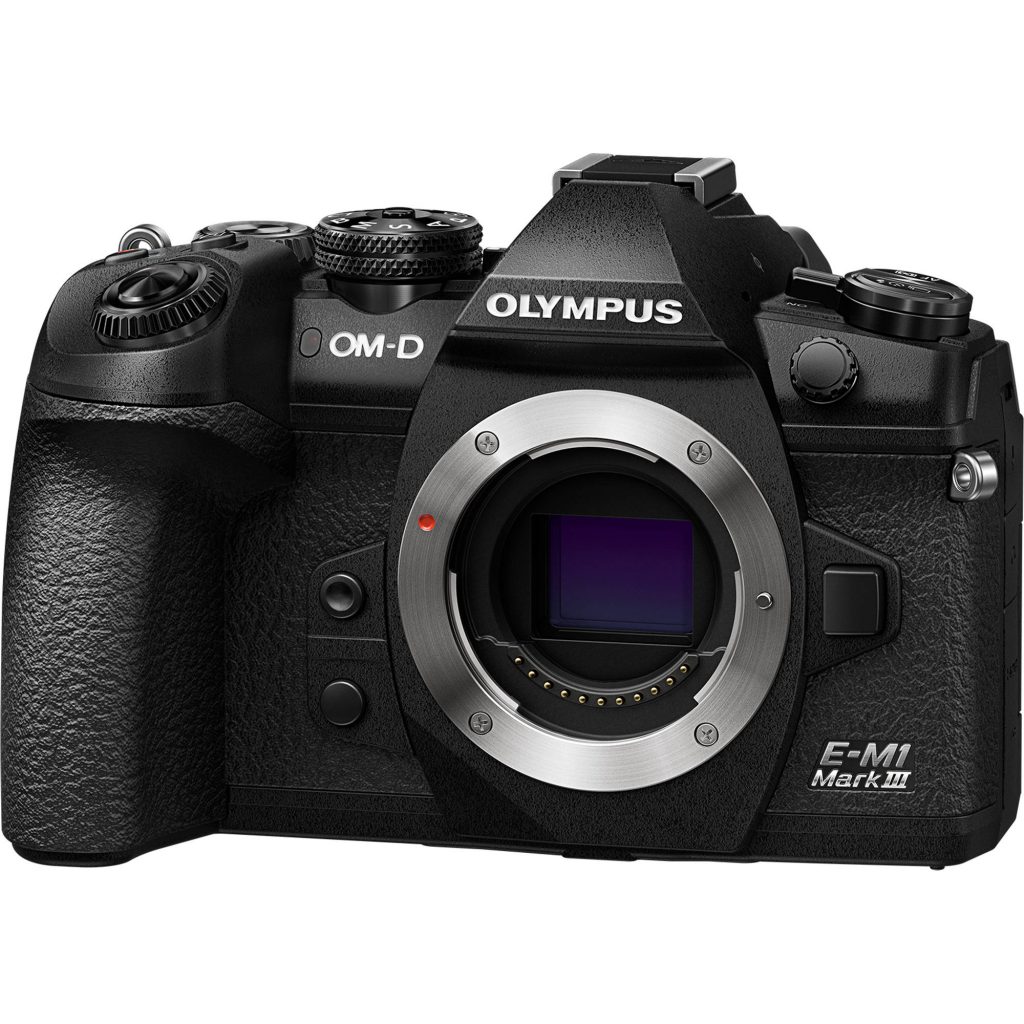
The Olympus OM-D E-M1 Mark III is a Micro Four Thirds mirrorless camera with a 20-megapixel sensor and excellent image quality. It has a fast autofocus system and good ISO performance, making it suitable for low light conditions. The camera also has a compact size and a weather-sealed body, making it suitable for outdoor shoots.
Other Cameras to Consider
Apart from the top 5 best cameras for food photography in 2023, there are other cameras that you can consider for this genre. Some of them include:
- Panasonic Lumix GH5
- Sony Alpha a6400
- Canon EOS 5D Mark IV
- Nikon D850
Conclusion
Choosing the best camera for food photography can be overwhelming, but with the right knowledge and research, it can be an easy task. When choosing a camera, consider the image quality, lens, ISO performance, and ergonomics. Our top 5 best cameras for food photography in 2023 include the Canon EOS R5, Sony Alpha a7R IV, Nikon Z7 II, Fujifilm X-T4, and Olympus OM-D E-M1 Mark III. Other cameras to consider include the Panasonic Lumix GH5, Sony Alpha a6400, Canon EOS 5D Mark IV, and Nikon D850.
Tips and Techniques for Taking Great Food Photos
Once you have the right equipment in place, it’s time to start shooting! When taking pictures of food, it’s important to think about angles and perspectives in order to capture unique shots. Also apply various lighting setups to fully highlight the food’s delicious details. Add finishing touches to your photos with creative editing and post-processing techniques.
Lighting Setups
For a quick rundown of essential lighting setups, here are the main orientations for each. Side lighting uses one light source directly at the side of the subject. Front lighting uses a light source similar to the orientation of the camera. Lastly, backlighting places the light source behind the subject. Feel free to check our article about lighting setups to know more.
Composition Techniques
Try shooting from different heights or angles to add interest to your photos. Additionally, different focal lengths can be used to create interesting compositions. A wide-angle lens can make small dishes look bigger while a telephoto lens can help you capture close-up details such as texture or plating styles. May our previous article about composition in photography guide you more on this!
Visualization and Planning
Another important factor in taking great food photos is pre-visualization and planning. Before you start shooting, it’s important to plan out your shots. Taking time to plan out your shots helps ensure that your photos look professional and appetizing.
This includes research about the food you’re photographing. Once you learn more about it, bring forward its interesting and unique characteristics or ingredients. Also think about the setup for your photos. Will you use natural light or artificial lighting setups? What elements will you include for composition? Apply the various photography fundamentals and techniques and you’ll surely capture the deliciousness!
Editing and Post-processing
Finally, post-processing is an essential part of any food photographer’s workflow. Software such as Adobe Photoshop and Lightroom can be used to enhance and retouch your photos in order to make them look their best. From color correction and sharpening to dodging and burning, post-processing can help take your photos from good to great! We have a blog post talking about the art of editing photos. Check it out and apply some creative techniques you find there!
FAQs
1. Can I use a smartphone for food photography?
Yes, you can use a smartphone for food photography, but it may not provide the same image quality and control as a dedicated camera.
2. Do I need a macro lens for food photography?
While a macro lens is not necessary for food photography, it can help capture the texture and details of the food up close.
3. What is the best aperture for food photography?
The best aperture for food photography depends on the effect you want to achieve. A wide aperture can create a shallow depth of field and isolate the subject from the background, while a smaller aperture can provide more depth of field and keep more of the scene in focus.
4. What is ISO?
ISO is a measure of a camera’s sensitivity to light. A higher ISO can help capture images in low light conditions, but it can also introduce noise or grain to the image.
5. Do I need a full-frame camera for food photography?
While full-frame cameras can provide excellent image quality, they are not necessary for food photography. Cameras with smaller sensors, such as APS-C or Micro Four Thirds, can also provide good image quality and are often more compact and affordable.
Afterword
We hope that you find this article helpful. Thank you for reading and you’re always free to leave a comment. If you find this article interesting, consider checking out one of our recently published posts. A few of them showcase AI Art Generators in extreme detail. On the other hand, if you’re looking towards Photography, we also offer great articles for your inspiration. We also have multiple articles that talk about the various printing mediums for wall art. May you find these articles entertaining!
Find them here:
The 5 Best AI Art Generators
Why Choose Metal Prints using Chromaluxe?
Guide to Product Photography
Guide to Toy Photography
The Art of Editing Photos
Best Outdoor Print and Signage Options
Best Wood Printing Companies in 2022
We enjoy reading your comments and insights with our posts! Should you have any questions or concerns, feel free to leave them below! -Mark

